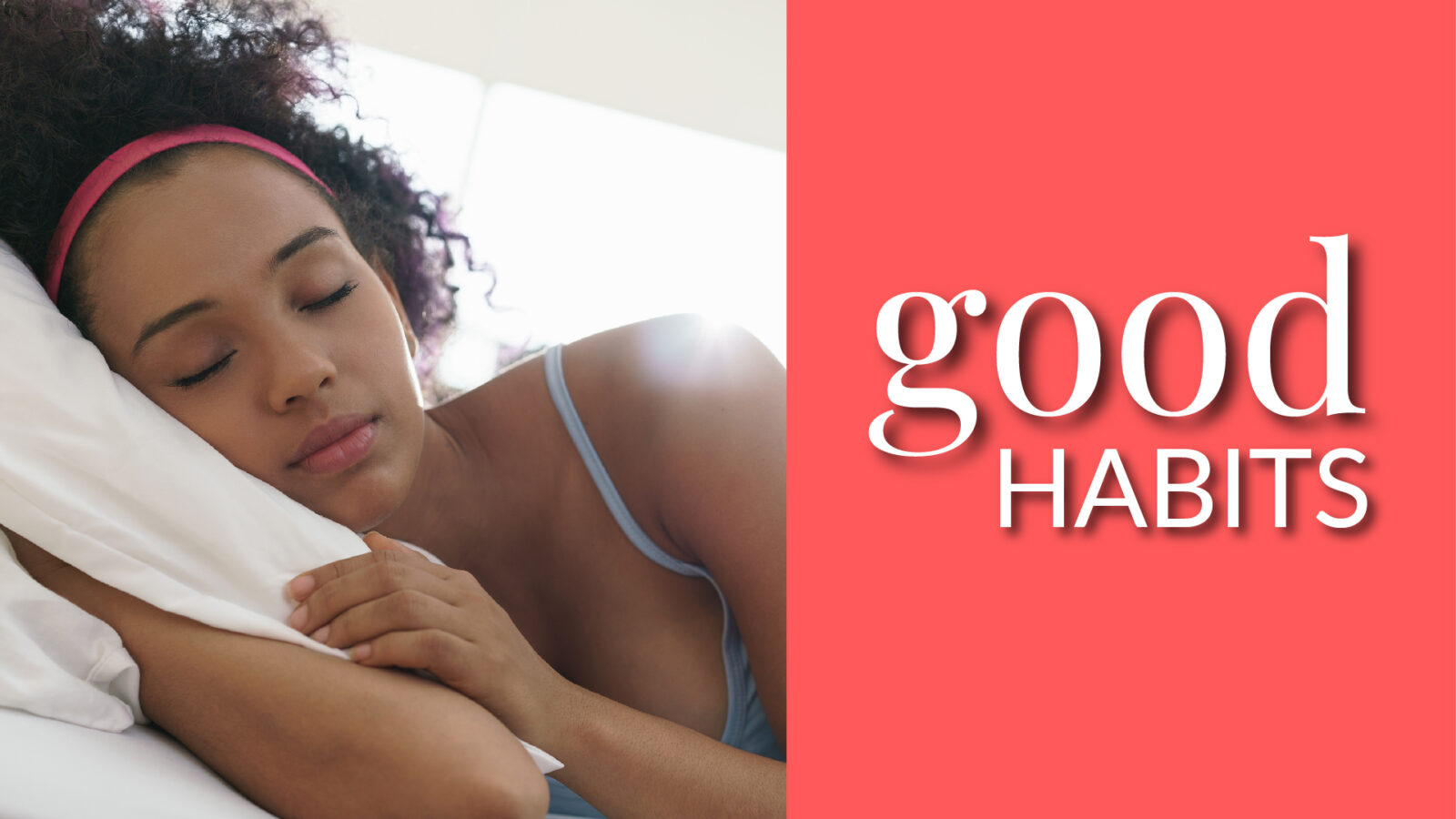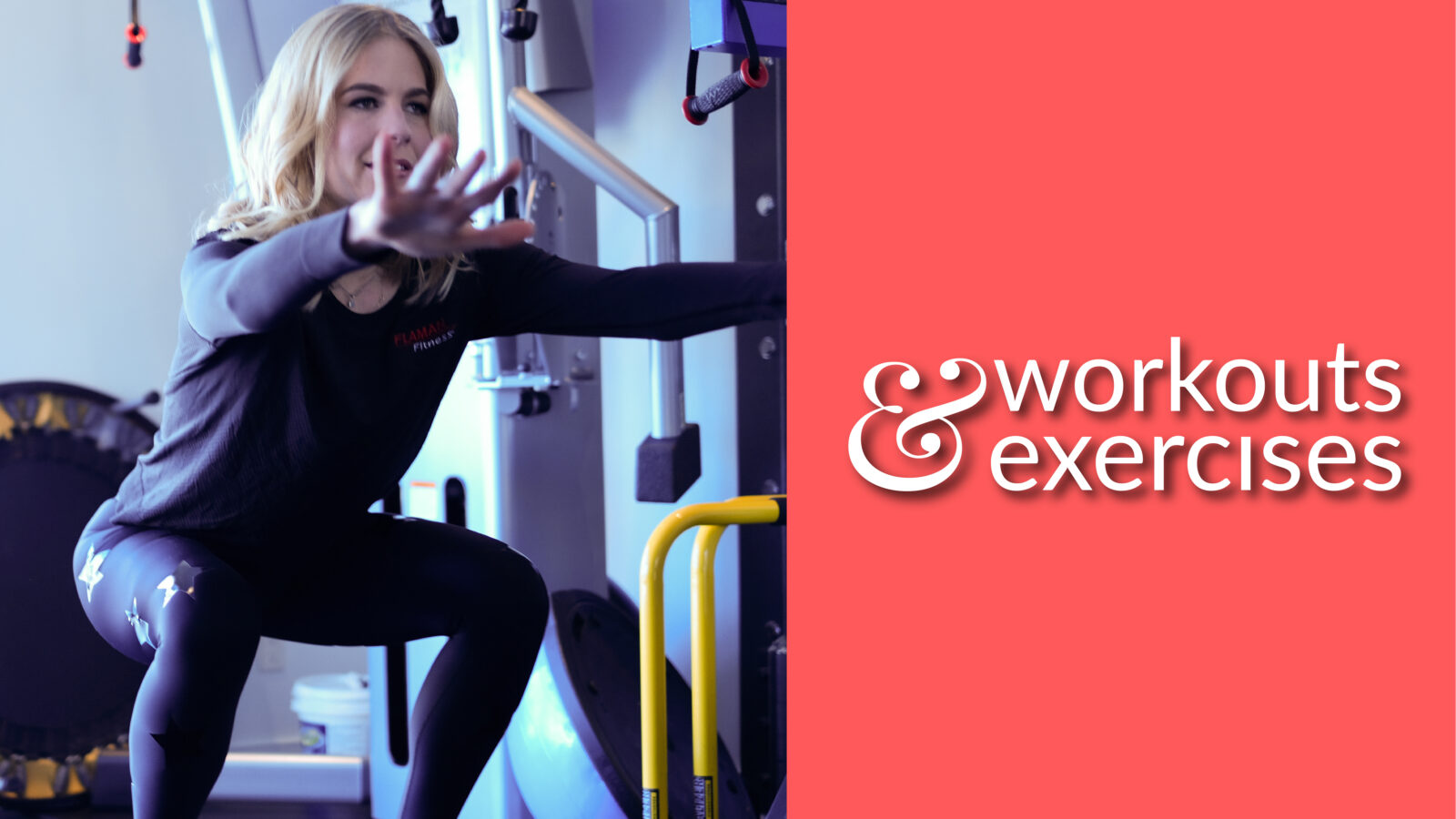Pocket of Joy — Fascial Stretch Therapy

A more accurate title for this one might actually be “Kathleen’s clients’ pocket of joy” — boy do people love getting stretched!!!
I always get a huge sigh of relief or a big ear-to-ear grin when I say, “Workout done — onto the massage table.” My sessions typically end with 5 to 15 minutes (depending on the client’s goals) of fascial stretching — think of it like “healthy exercise dessert disguised as candy.” Clients love the opportunity to relax and let me do the work. I love having one more “tool” in my toolbox!! Win-win!!
What is Fascial Stretch Therapy (FST)?
FST is an assisted stretching technique created by Ann and Chris Frederick. Although there are complementary homework exercises, the primary technique is performed by a certified therapist (me) on a client, typically using a treatment table.
Goals include creating optimal mobility of joints, releasing adhesions, mobilizing fascia, and increasing levels of relaxation through joint mechanoreceptors. Multiple techniques are utilized including modified PNF (proprioceptive neuromuscular facilitation), circumduction, oscillation, and gentle traction. Pain is never allowed and is considered a negative response.
Think of FST as a dynamic mobility “dance” performed by a therapist on a client to address the various fascial lines (or sheaths). Details of each line are too extensive for the purpose of this pocket of joy, but the net is that fascial stretching doesn’t aim to impact one particular muscle; its goal is to impact fascial lines. Have neck and upper back pain? Instead of just looking at your neck, I might asses your ankle and hamstring. If your superficial back fascial line (SBL) is tight, your neck pain could potentially be connected to tibialis anterior or hamstring tightness.
Not sure what fascia is?
Think of fascia as the link between all the structures of the body — it forms a continuum with other tissue structures, creating interconnections between muscles, etc. and making the body a global structure. There isn’t a bone, muscle, organ, or nerve that isn’t linked within the body.
Favourite partner/trainer exercise — Lower-leg gastrocnemius/soleus
The person stretching stands with their forearms on the wall, one leg forward into a calf stretch. The trainer or partner sits behind them on floor, legs crossed around the ankle of the back leg, grasping the back ankle. The trainer leans back while moving their upper body side to side as the stretcher presses their hips forward. The trainer always attempts to “play the angles” of the stretch to get as many of the fascial lines as possible
My runner clients love this! When I am lucky enough to have it performed on me I feel as if I am floating as I run. Amazing.
Favourite homework exercise — modified figure 4
Start seated. Cross your right ankle over your left knee. Sit tall — think of your ribs being “tractioned” out of your hips. Ground your pelvis into the chair. Gently press on your right inner thigh as you hinge forward over your right foot. Remember to hinge at the hips and extend up and out of your hips as you hinge. Then do the same thing over the right shin bone and then finally over your right foot. Go back to the place that was the tightest and gently fan your chest back and forth to get at the muscles and fascia from as many differ angles as possible. Switch sides.












